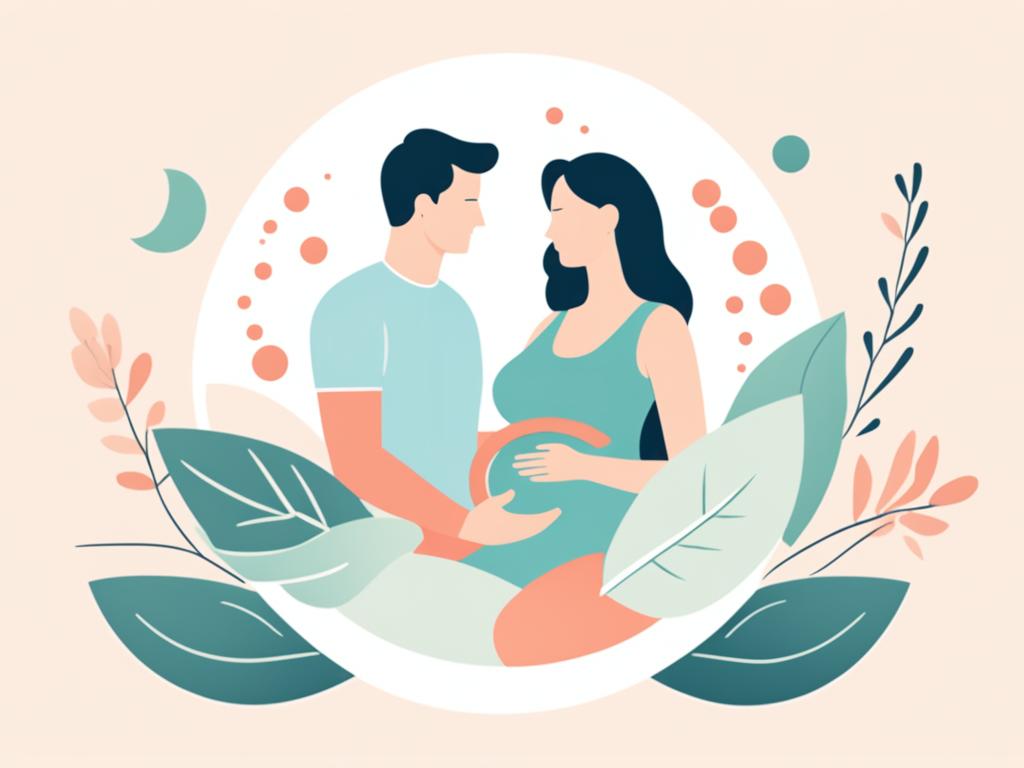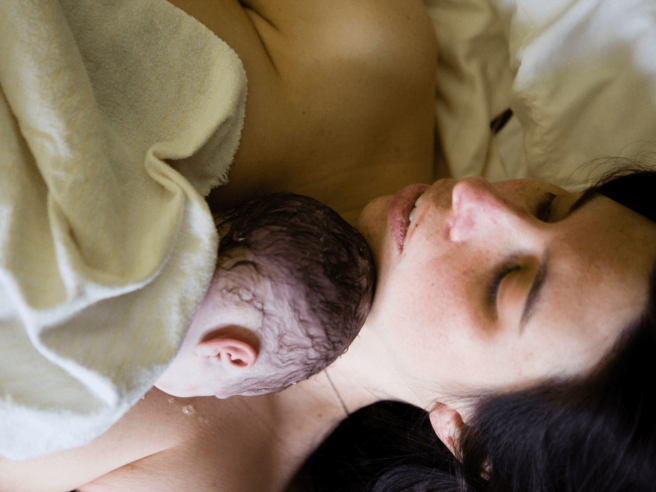
Conception
Fertilization usually occurs in the fallopian tube, but unfortunately there are no outward signs that this has happened. The fertilized egg then begins its journey down the fallopian tube to the uterus, and this usually takes 6-12 days.Timely action and a little luck are all you and your partner need to maximize your chances of successful conception.During the second week of your cycle, some very important and complex changes occur in your brain and reproductive organs. They can set in motion processes that can make your dreams of having a baby a reality.
Ovulation
Each month, one of your two ovaries produces an egg. Usually, the left and right ovaries do this in turns, but some women occasionally produce more than one egg. The egg is enclosed in a fluid sac known as a follicle.The work of the follicle is controlled by a specific hormone that indicates when it is time to release the egg into the fallopian tube. Although several follicles begin to mature in a woman’s body each month, only one will reach the end and participate in ovulation.Follicles have other important functions, too. They also secrete estrogen to “turn on” the process of preparing the uterus for implantation of a fertilized egg.If the egg is not fertilized, the uterine mucosa prepared for the beginning of pregnancy will be unnecessary, so it will come out with the blood during the next menstruation. This usually happens 2 weeks after ovulation.
When will I ovulate?
The menstrual cycle for most women is 28-32 days, although a couple of days more or less is also normal. Ovulation occurs around the 14th day after the first day of the last menstrual period. Women whose cycles are shorter or longer than the standard 28 days may have their ovulation day shifted earlier or later.

How do I know if I’m ovulating?
Here’s what’s going on inside your body:
There is a mucus plug in the cervix, and before ovulation it softens to help sperm get into the uterus and on to the egg. This mucus looks like egg white, and it is now more watery and less sticky than usual.
Your basal temperature increases by a couple of degrees. If you keep a basal temperature chart for a couple of months, you will see how it changes before ovulation and will be able to learn to determine the most favorable time for conception.
There are special saliva and urine tests available at pharmacies that can detect hormonal changes and tell you when ovulation will occur.
There are also some external changes that may indicate ovulation:
It happens that before ovulation the sense of smell becomes more acute or there is increased sensitivity to odors that a woman usually does not pay attention to.
Some women experience an increase in libido and become more passionate. From a biological point of view, this is a natural mechanism to encourage married couples to have sex during the most favorable period of the cycle.
Fertilization of an egg is possible within about 12-24 hours after it is released from the follicle. Sperm can survive much longer, about 3-5 days. This means that they can wait for several days inside until the opportunity for successful conception presents itself.
If you are trying to get pregnant, you should have sex to conceive on the day of your expected ovulation, plus or minus two days from it.
Fertilization

Fertilization of the egg by the sperm usually occurs in the fallopian tube during the 3rd week of pregnancy and results in the formation of a zygote (united cell).It is important that the zygote continues its journey to the uterus because it divides and grows very quickly. If implantation occurs in the microscopic space of the fallopian tube, an ectopic pregnancy will begin to develop, and this is quite dangerous for the woman’s health.
It takes two people to have a baby
For all its complexity, ovulation is only half the story of conception. Your partner ejaculates between 100 and 300 million sperm, but it only takes one to fertilize the egg. When that happens, all other sperm stop trying to get to the egg.Don’t worry if you don’t get pregnant the first time. It may take some time to understand your cycle patterns and figure out your most fertile days. The chances of conceiving are only 20% per month, and many couples spend up to 12 months or more to achieve the desired result.
Physical changes this week
Take a calendar and mark the dates of your last menstrual cycle, when it started and ended. The next one will be about the same, and ovulation usually occurs around the middle of the cycle.

Emotional changes this week
Your libido may increase, you may feel more in love, and you may realize that your partner seems more attractive than usual. Suddenly, all those habits that always irritated you don’t matter anymore. At least not for this week.
Tips of the week
If you smoke, quit now. Nicotine can affect fertility and reduce the chance of conception in some women.
If you want to conceive, don’t miss the right time to have sex with your partner. With our busy lives, this can sometimes require some organizational effort.
Don’t forget that you need to start taking prenatal vitamins, including folic acid. The recommended dose in early pregnancy is 500 mcg/day.




